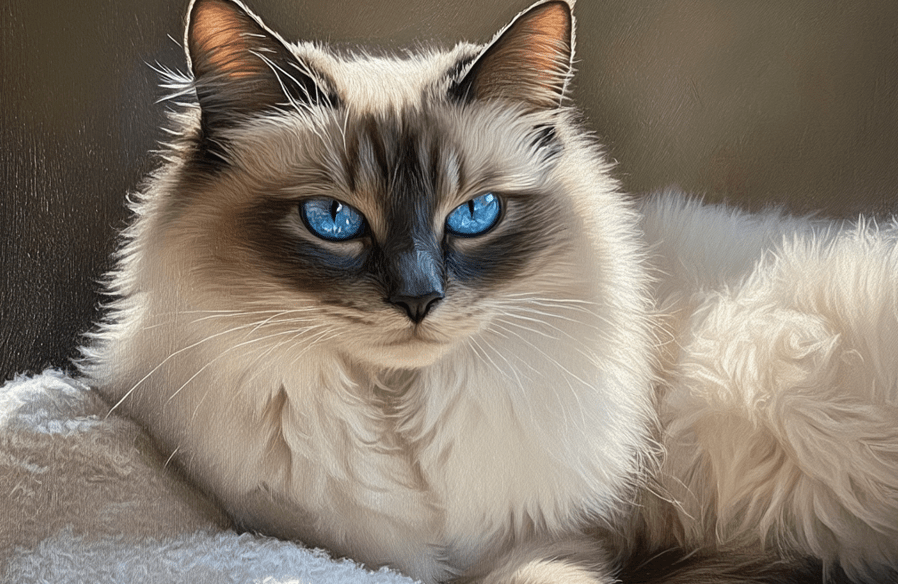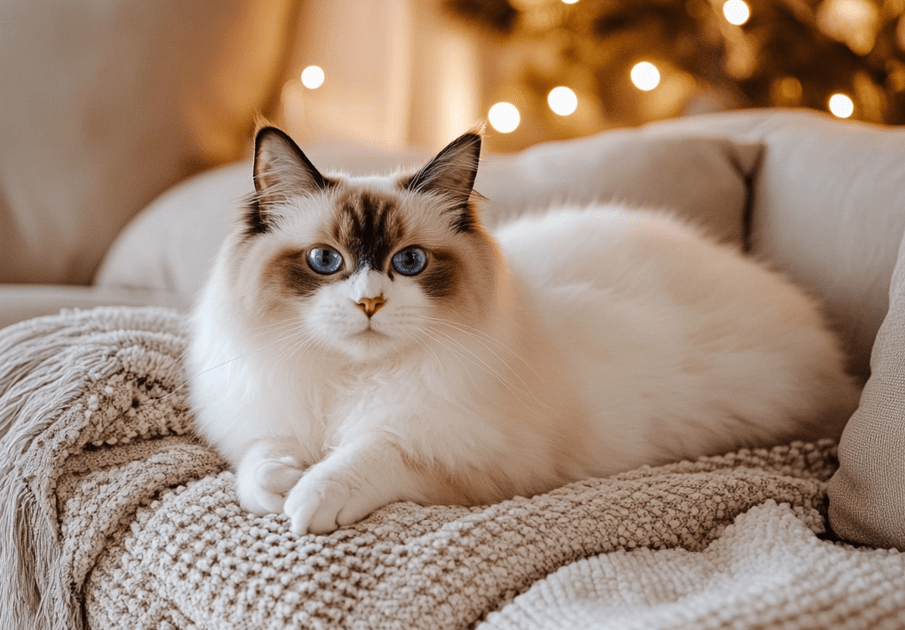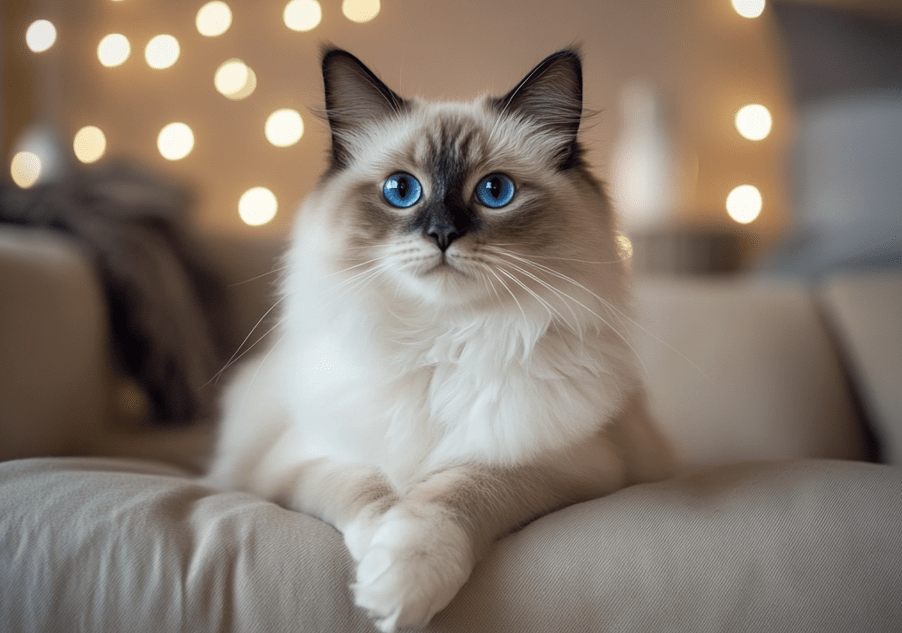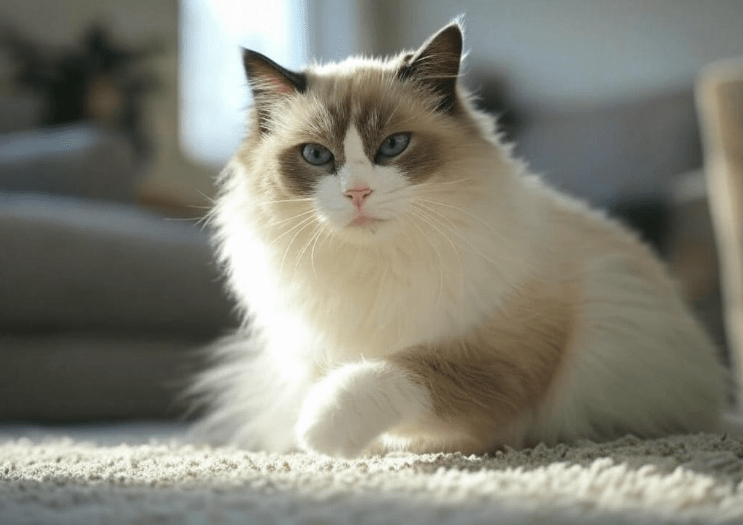
Keeping your Ragdoll cat stay active indoors is essential for their physical and mental well-being. Ragdolls, known for their affectionate nature and striking blue eyes, are often more relaxed than other breeds, which can make indoor activity a challenge. However, with the right strategies, you can ensure your Ragdoll remains healthy, engaged, and happy without stepping outside. This article explores five proven ways to encourage indoor exercise for your Ragdoll, packed with practical tips, expert insights, and creative ideas to enhance their quality of life.
Why Indoor Activity Matters for Ragdoll Cats
Ragdolls are a unique breed, characterized by their docile temperament and tendency to go limp when picked up, earning them the “Ragdoll” name. While their laid-back nature makes them excellent companions, it can also lead to a sedentary lifestyle, especially for indoor cats. Without adequate physical activity, Ragdolls may face health issues like obesity, joint problems, or boredom-related behaviors such as excessive grooming or scratching.
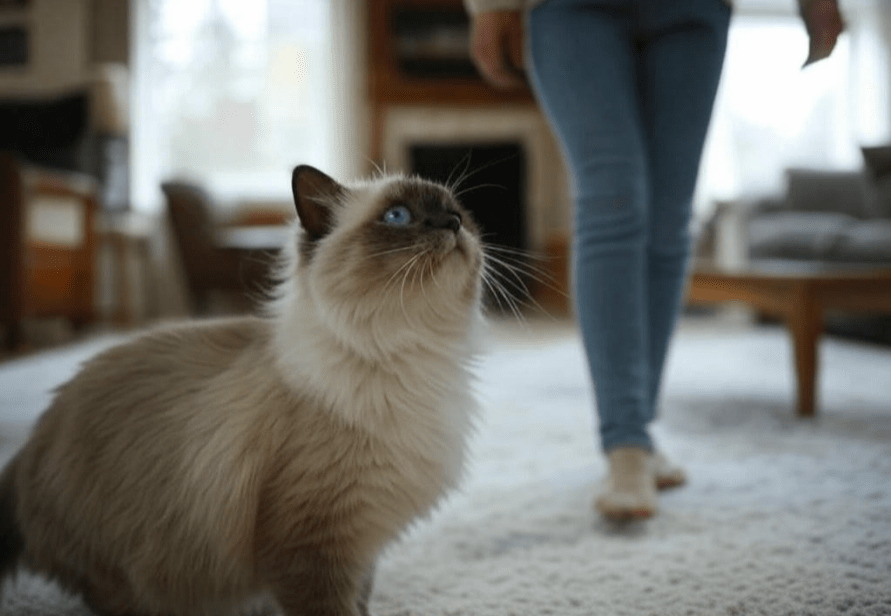
Indoor environments can sometimes limit a cat’s natural instincts to hunt, climb, and explore. For Ragdolls, who thrive on interaction with their owners, incorporating engaging activities is key to preventing lethargy. By focusing on ways to help your Ragdoll cat stay active indoors, you’re supporting their long-term health and happiness.
1. Create an Enriching Indoor Playground
One of the best ways to keep your Ragdoll active is by transforming your home into a stimulating playground. Ragdolls are intelligent and curious, so providing a variety of structures and toys can spark their interest.
Cat Trees and Climbing Structures
Invest in a sturdy cat tree with multiple levels, scratching posts, and cozy perches. Ragdolls love to climb and observe their surroundings from high vantage climbing structures, scratching posts, and interactive toys designed for feline exercise.
DIY Obstacle Courses
You don’t need to spend a fortune to create an engaging environment. Use household items like cardboard boxes, tunnels made from paper bags, or cushions arranged as a mini obstacle course. Ragdolls enjoy exploring new spaces, Sexercise encourages natural behaviors like jumping and pouncing.
2. Engage with Interactive Toys and Games
Ragdolls are playful and respond well to interactive toys that mimic prey-like movements. These toys stimulate their hunting instincts, providing both physical exercise and mental stimulation.
Feather Wands and Laser Pointers
A feather wand or laser pointer is a fantastic way to get your Ragdoll moving. Wave the wand in erratic patterns to encourage chasing, leaping, and pouncing. Laser pointers are equally effective, but always end the session with a tangible toy to satisfy their hunting instinct.
Puzzle Toys and Treat Dispensers
Puzzle toys that dispense treats or kibble challenge your Ragdoll’s problem-solving skills while encouraging movement. Look for toys like treat balls or interactive feeders that require pushing, rolling, or pawing to release food. These are especially useful for keeping your cat active when you’re not home.
Rotate Toys Regularly
To prevent boredom, rotate your Ragdoll’s toys every few days. Introduce new textures, sounds, or movements to keep their interest piqued. For example, a crinkly ball one week and a motorized mouse the next can maintain their enthusiasm.
3. Incorporate Daily Play Sessions with You
Ragdolls are highly social and thrive on human interaction. Dedicating time each day to play with your cat strengthens your bond and ensures they get adequate exercise.
Structured Playtime
Set aside two to three 10-15 minute play sessions daily. Morning and evening sessions work well, as cats are naturally more active during these times. Use toys like feather wands, balls, or even a piece of string to engage your Ragdoll in active play.
Training and Tricks
Believe it or not, Ragdolls can learn simple tricks like “sit,” “come,” or even “high-five.” Use positive reinforcement with treats or praise to teach these behaviors. Training not only provides physical activity but also mental stimulation, which is crucial for indoor cats.
Hide-and-Seek Games
Hide treats or toys around the house and encourage your Ragdoll to find them. This game taps into their natural hunting instincts and gets them moving. Start with easy hiding spots and gradually increase the difficulty as they improve.
4. Provide Mental Stimulation to Encourage Activity
Mental engagement is just as important as physical exercise for Ragdolls. A bored cat is less likely to be active, so incorporating activities that challenge their mind can lead to more movement.
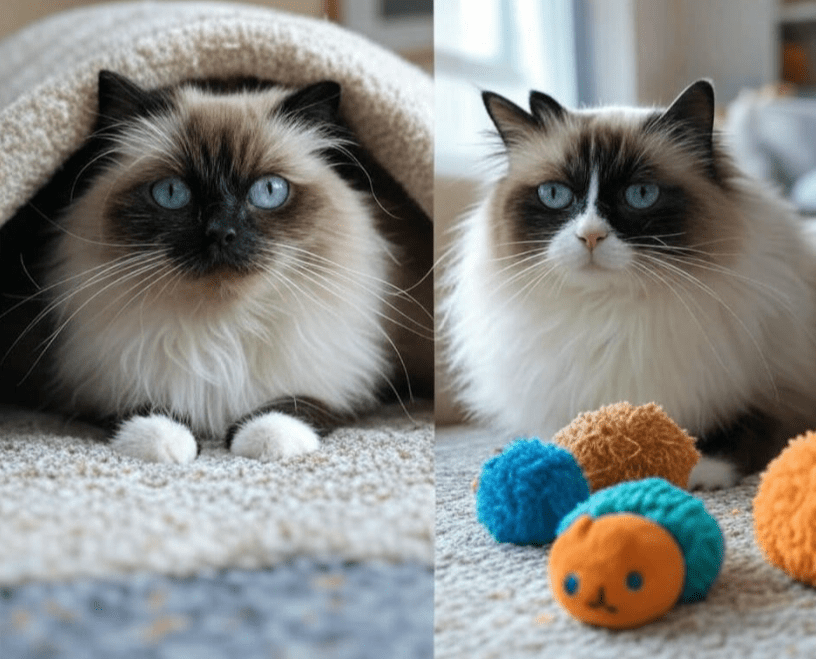
Window Perches for Bird-Watching
Set up a window perch where your Ragdoll can watch birds, squirrels, or other outdoor activity. The visual stimulation encourages natural behaviors like crouching, stalking, and pouncing, even if they’re just “hunting” from afar. Adding a bird feeder outside the window can enhance the experience.
Scent Games
Ragdolls have a keen sense of smell. Hide scented toys (like those infused with catnip or valerian) around the house to encourage exploration. You can also use dried herbs or safe essential oils to create scent trails that lead to treats or toys.
Interactive Apps and Videos
There are cat-specific apps and videos designed to capture feline attention. Videos of birds, fish, or scurrying mice can prompt your Ragdoll to paw at the screen or chase virtual prey. Ensure the screen is secure to prevent damage, and supervise these sessions to avoid overstimulation.
5. Maintain a Healthy Diet to Support Activity
A balanced diet is critical for keeping your Ragdoll energetic and motivated to stay active. Overfeeding or providing low-quality food can lead to weight gain, which reduces their desire to move.
Portion Control
Ragdolls are prone to obesity, so measure their food carefully and follow your veterinarian’s recommendations for portion sizes. Avoid free-feeding, as it can lead to overeating. Instead, offer two to three small meals daily to maintain steady energy levels.
High-Protein, Low-Carb Food
Choose a high-quality, high-protein cat food with minimal carbohydrates. Protein supports muscle health, which is essential for an active lifestyle, while low-carb formulas help prevent weight gain. Wet food is often a good choice for Ragdolls, as it promotes hydration and satiety.
Hydration for Energy
Ensure your Ragdoll has constant access to fresh water. Consider a cat water fountain, as many Ragdolls are attracted to running water. Proper hydration supports overall health and keeps them energized for play.
Additional Tips for Keeping Your Ragdoll Active
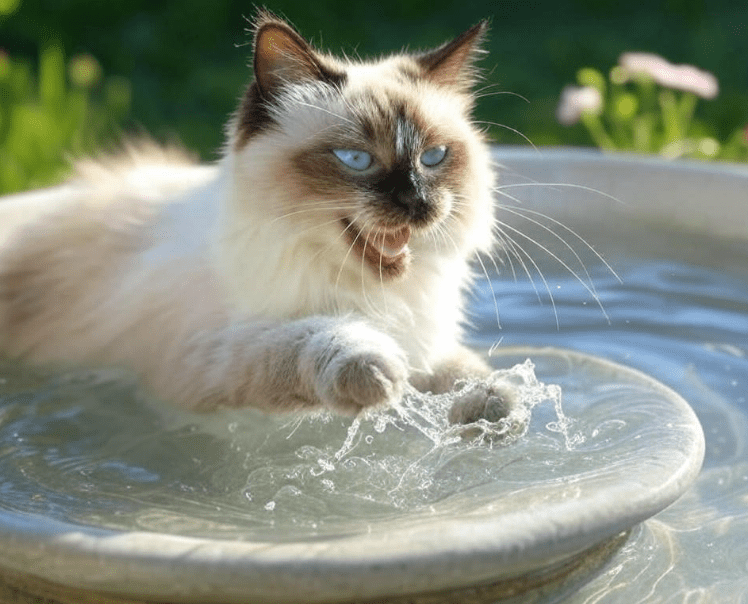
Multi-Cat Households: If you have multiple cats, they can keep each other active through play and interaction. Ensure they get along well and provide enough resources (toys, perches, litter boxes) to prevent competition.
Safe Spaces for Exercise: Create designated areas where your Ragdoll can run and jump without knocking over fragile items. Clear a corner of a room or use baby gates to section off a safe play zone.
Monitor Health: Regular vet checkups are crucial to catch any health issues that might affect activity levels, such as arthritis or thyroid problems. Ragdolls are prone to certain genetic conditions, so proactive care is essential.
Seasonal Adjustments: Cats may be less active in winter due to shorter days. Use brighter lighting or light therapy lamps to mimic natural sunlight and encourage activity during colder months.
Common Mistakes to Avoid
Overloading with Toys: Too many toys at once can overwhelm your Ragdoll. Introduce new items gradually and observe their preferences.
Ignoring Boredom: If your Ragdoll seems disinterested, it may be a sign of boredom rather than laziness. Change up their environment or routine to rekindle their curiosity.
Neglecting Mental Stimulation: Physical activity alone isn’t enough. Without mental challenges, your Ragdoll may become lethargic or develop behavioral issues.
Inconsistent Playtime: Sporadic play sessions can disrupt your cat’s routine. Consistency is key to building a habit of staying active.
Assuming They’re “Just Lazy”: If your Ragdoll is unusually inactive, consult a vet to rule out underlying health problems.
Why Ragdolls Are Worth the Effort
Ragdolls are more than just beautiful cats; they’re loyal, affectionate companions who bring joy to their owners. By helping your Ragdoll cat stay active indoors, you’re not only preventing health issues but also deepening your bond with them. An active Ragdoll is a happy Ragdoll, and the time you invest in their well-being will pay off in years of companionship and love.
Conclusion

Helping your Ragdoll cat stay active indoors doesn’t have to be complicated or expensive. By creating an enriching environment, engaging in interactive play, providing mental stimulation, maintaining a healthy diet, and avoiding common pitfalls, you can ensure your Ragdoll thrives in an indoor setting. These five strategies—combined with your love and attention—will keep your Ragdoll physically fit, mentally sharp, and emotionally fulfilled.
Start small, observe what your cat enjoys, and gradually build a routine that works for both of you. With a little creativity and consistency, your Ragdoll will lead a vibrant, active life, proving that indoor cats can be just as dynamic as their outdoor counterparts.

